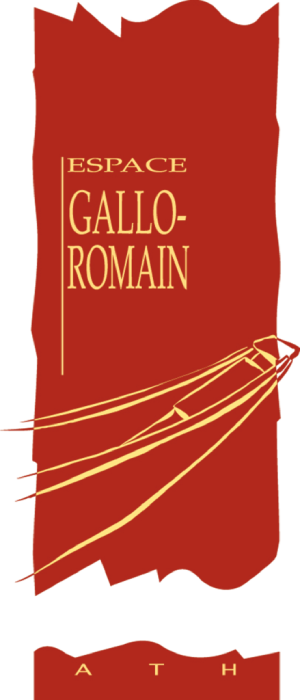
The Romans were great wine-lovers and introduced vine-growing to Gaul, right down to the Moselle valley. Reading Latin authors such as Pliny the Elder, Columella, Palladius and Ausonius provides us with valuable information on this subject.
“Here is a spectacle the eye can freely enjoy. When the azure of the river repeats the shadows of the hill, the water seems to have leaves, the river seems to be planted with vines. What a hue colours the waves when Hesperus lengthens the evening shadows and casts the green mountain over the Moselle! All these hillsides swim under the ripple that sways them, the absent vine shivers, and the grapes swell in the crystal of the waters”. Ausone
Many ancient gardens included a plot of vines. It was common to have a few vines climbing up the garden walls or between the shrubs on the pergola.
In Belgium, the Rochefort Archaeopark created a vineyard in spring 2022. It illustrates the different types of vine training used in Roman Antiquity. Several techniques are presented: high vines on pergolas, curtain vines, single trellises, single or multiple yoke trellises, tree trellises, ground-creeping vines or goblet pruned vines and oblique trellises.
Oblique trellising is a technique discovered during excavations in an ancient vineyard in Gevrey-Chambertin. It involves training the vines on a wooden structure facing east at an angle of 40°. This arrangement allowed the vines to receive the sun’s rays from sunrise.
Author : Jean-Luc Mulkens





Recent Comments